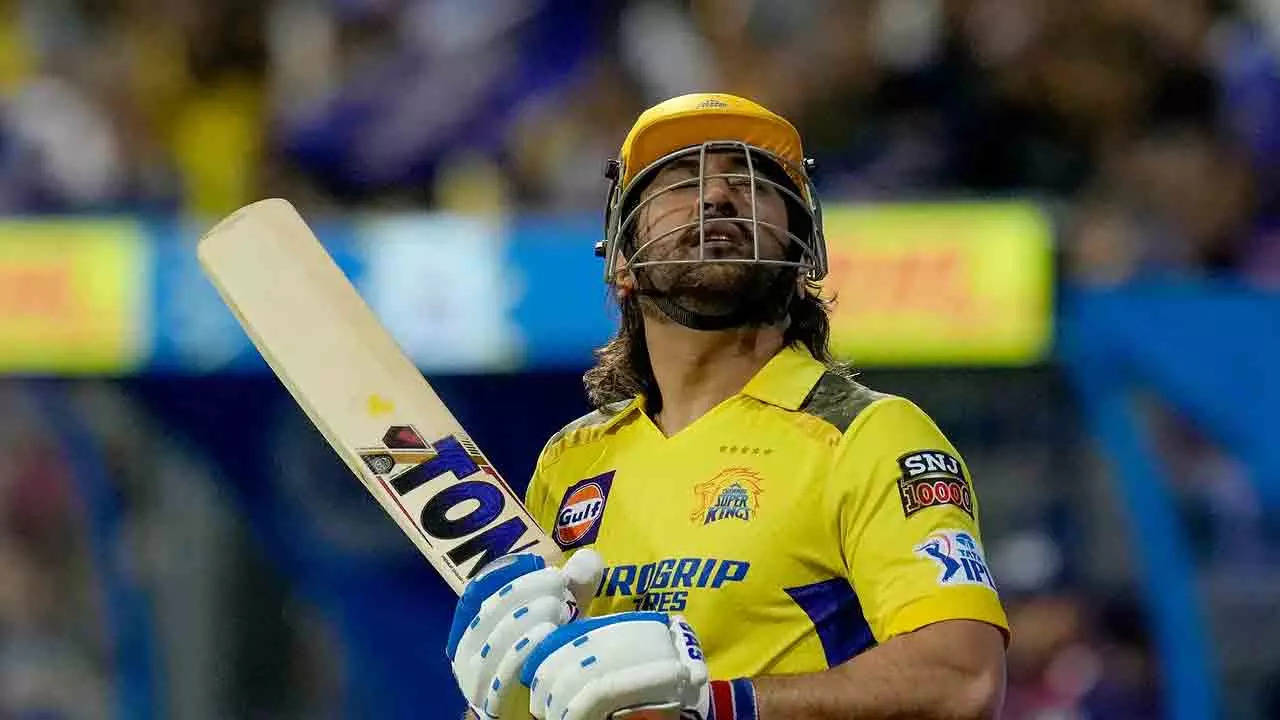Fanie de Villiers: The Late-Blooming Fast Bowling Legend
Fanie de Villiers, a late bloomer in international cricket, made a significant impact on the South African team after the country’s return to the global stage. Despite being 29 when he made his Test debut, de Villiers quickly established himself as a formidable fast bowler, taking 85 wickets in just 18 Tests.
His most memorable performance came in the second Test against Australia in January 1994, where he claimed 10 wickets to lead South Africa to a historic five-run victory at Sydney. De Villiers’s success was not limited to his ability to generate pace; he also possessed exceptional control, variations, and a deadly off-cutter.
Growing up in the apartheid era, de Villiers faced challenges in pursuing his cricketing dreams. However, he credits the knowledge and skills he acquired from senior professionals and international coaches for his eventual success. He emphasizes the importance of specialized swing bowling coaches to develop young pacers.
De Villiers’s expertise in death bowling was another key factor in his success. He developed his signature yorkers through extensive practice, aiming at a Coke tin placed on a yorker length. He also studied the angles and footwork necessary to execute effective swing bowling.
Among the current generation of fast bowlers, de Villiers admires Jasprit Bumrah and Arshdeep Singh for their swing bowling abilities. He believes that swing bowling is a science that should be taught and practiced diligently.
De Villiers’s journey to international cricket was not without its obstacles. He had to balance his cricketing aspirations with a full-time job as a teacher. However, his determination and hard work paid off when he was selected for the South African team in 1992.
Despite missing the 1992 World Cup due to a broken foot, de Villiers remained focused on his goal. He trained relentlessly and eventually made his Test debut in 1994. His impact was immediate, as he played a pivotal role in South Africa’s historic victory over Australia.
De Villiers’s advice to young bowlers is to embrace the challenges and seek guidance from experienced coaches. He believes that a solid system and a focus on fundamentals are essential for success in fast bowling.


